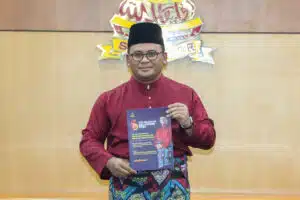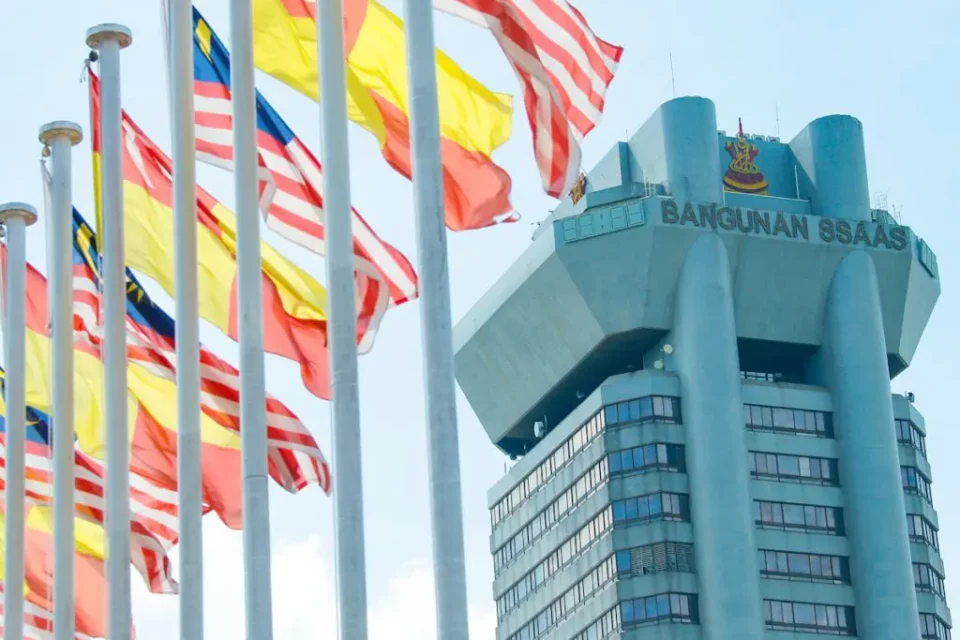By Yasmin Ramlan
SELANGOR is set to become an economically independent state in the upcoming year following the unveiling of its 2024 budget.
With a RM2.53 billion allocation, the state is working towards promoting progress and building togetherness among its communities.
Several notable goals were unveiled by Menteri Besar Dato’ Seri Amirudin Shari during the tabling of the budget, including the clearing of Selangor’s debt obligations next year, which he cited as a pivotal step for the state towards financial stability and sustainability and ensuring robust economic growth in the years to come.
The debt-free goal is itself a demonstration of the Amirudin administration’s prudence in financial management. The image lends well to its larger objective of being a responsible government, one that sees to the well-being of its people.
Political analyst Azmi Hassan of Nusantara Academy for Strategic Research explained that being a debt-free state government would mean Selangor has more money to spend on the people, as it is no longer obligated to repay debts to the Federal government.
“I think that’s the most important thing for people in Selangor to realise, what kind of government they have. It’s a very responsible government, keeping (expenditure) at the minimum and also, they can afford it, they can repay their debts.
“It’s sending a positive message to the people,” he said when contacted by Selangor Journal recently.
On November 10, Amirudin said that Selangor’s debt liability with the Federal government stands at RM19.2 million, most of which is from past commitments related to its water supply project and the Selangor State Trust Scheme (Asas).
High-density setback
Achieving a debt-free status would be a significant milestone for Selangor, but as Azmi sees it, Selangor, as Malaysia’s most developed state, should have already achieved high-income status some time ago.
“I think Selangor should have achieved its high-income status in July, when the World Bank announced Kuala Lumpur, Penang, and Sarawak as high-income states.
“This is something the Selangor government should focus on, how it will increase its income,” Azmi said.

Azmi recommended that Selangor prioritise three key sectors, namely manufacturing, construction, and services, if it wants to achieve that status.
He said the state can benefit from its location near the capital city of Kuala Lumpur, as this presents a strategic advantage for it to generate more income.
Following the World Bank’s report, Amirudin expressed his confidence that Selangor would achieve a high-income status through several of its development initiatives covering various economic sectors.
In June, Amirudin also said that Selangor’s manufacturing sector accounted for one-third of the entire nation’s manufacturing industry, with an increase of 9 per cent in 2022, whereas the construction sector surpassed one-third of the country’s activity or 34.1 per cent, and its services sector recorded a 13.6 per cent increase in the same year.
Although Selangor emerged as the leading contributor to the national gross domestic product (GDP) at 25.5 per cent in 2022, Azmi said that the state’s high population of approximately 7.2 million as of July this year is seen as a barrier for Selangor to becoming a high-income state.
He said as the World Bank calculates GDP per population, Selangor’s high population is a disadvantage compared to the other less-populated states.
“For instance, Sarawak, Penang and Kuala Lumpur are less populated. So they have an advantage in comparison to Selangor, despite (Selangor) recording a higher GDP,” he said.
Not a ploy
With the theme ‘Independent Selangor: Driving Progress, Fostering Unity’, the 2024 state budget outlined four main thrusts, namely to drive quality investments and generate a high income; promote smart education and ensure a sustainable environment; safeguard the welfare of the people; and foster unity among the ‘ummah’.
While the fourth thrust outlines several allocations for the Muslim community and Islamic affairs, Azmi noted that such allotments are nothing new, with similar announcements made in previous state budgets.

He also dismissed the idea that it was a plan for the ruling government to gain Malay votes.
“To say that this is to attract Malay voters in relation to what happened in the last state election, I don’t think so. I believe it is part of the budget strategy year-by-year. In this case, there is a special allocation for the Malays, for the Muslims.
“It is a norm as the state government has previously provided allocations for the Muslim community,” he said.
In the recent Selangor state election on Aug 12, the Pakatan Harapan (Harapan) BN two, allowing them to form the new state government with a simple majority.
The state polls saw the opposition, Perikatan Nasional, making inroads into Selangor, particularly in Malay-majority seats.
Goodies for all
Meanwhile, Universiti Malaya Centre for Democracy and Elections (UMCedel) research fellow Awang Azman Awang Pawi expressed a different sentiment on the allocation, stating that the strategy may raise questions about inclusivity.
“If the state government aims to build trust among Malay voters, it’s crucial also to ensure fairness and equal distribution of resources to all communities,” he told Selangor Journal.
He gave the example of funds allocated for the Jelajah Perpaduan Rumpun Selangor carnival, which is considered an event for all, irrespective of race.
In the budget, RM4.5 million has been allocated for the roadshow under its Gagasan Rumpun Selangor initiative.
This includes programmes offering discounted prices for essential goods, complementary health screenings, and roadshows promoting various state and Federal initiatives.
Awang Azman said this approach is commendable as it addresses the needs of a diverse population. Azmi agreed, saying such a strategy could enhance community relations in the state.
“The effectiveness of Gagasan Rumpun Selangor in catering to the diverse needs of non-Muslims or non-Malays depends on the details of the programmes,” said Awang Azman.
“Potentially, it may improve community relations and foster unity, but details are crucial in assessing its true impact.”
Azmi concurred with Awang Azman’s view, as the programme is anticipated to introduce various incentives and initiatives next year.
“I think the Gagasan Rumpun Selangor programme is a good strategy to demonstrate that with the state’s population being so diverse, the state government is giving opportunities to all segments of the society,” he said.





